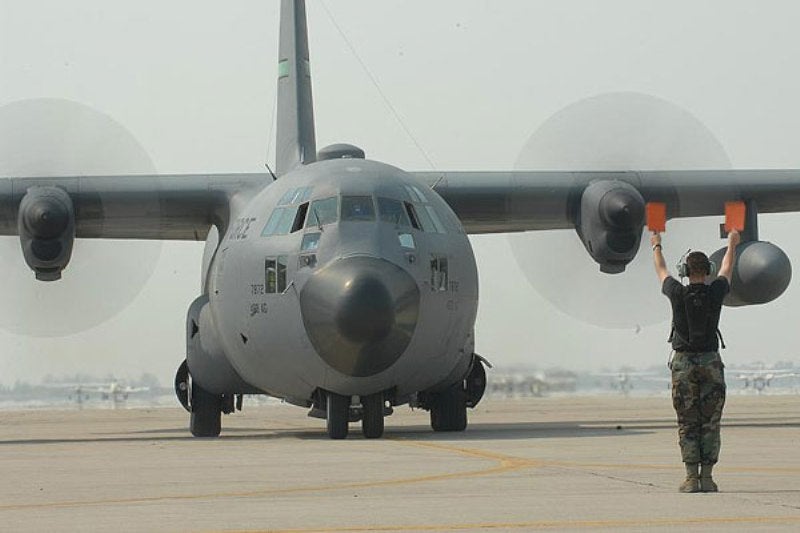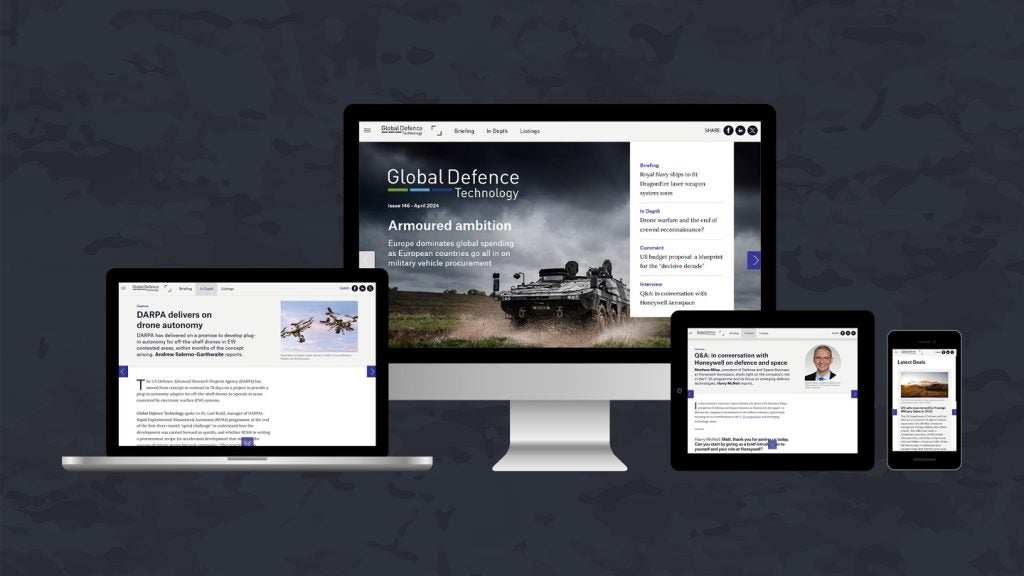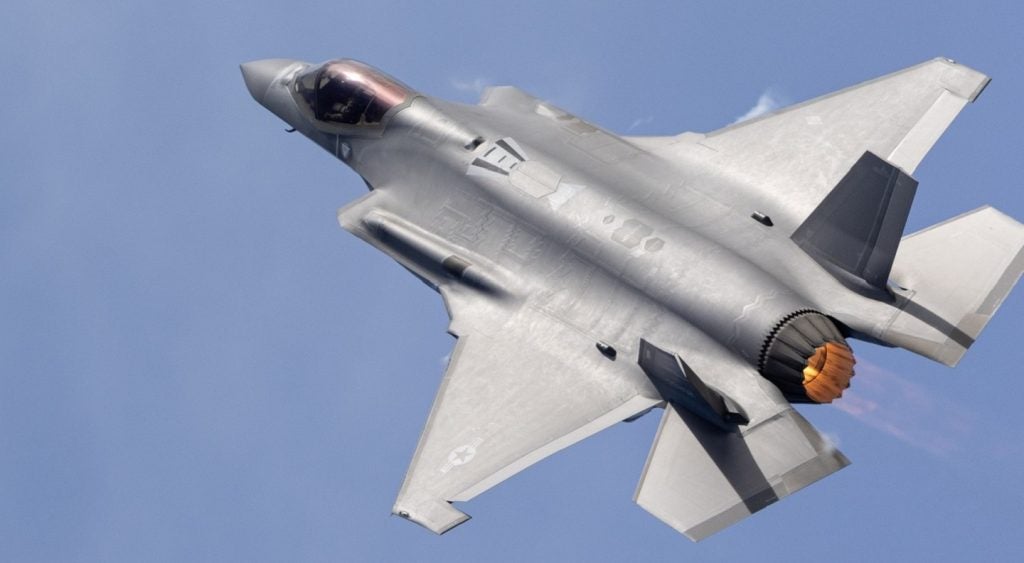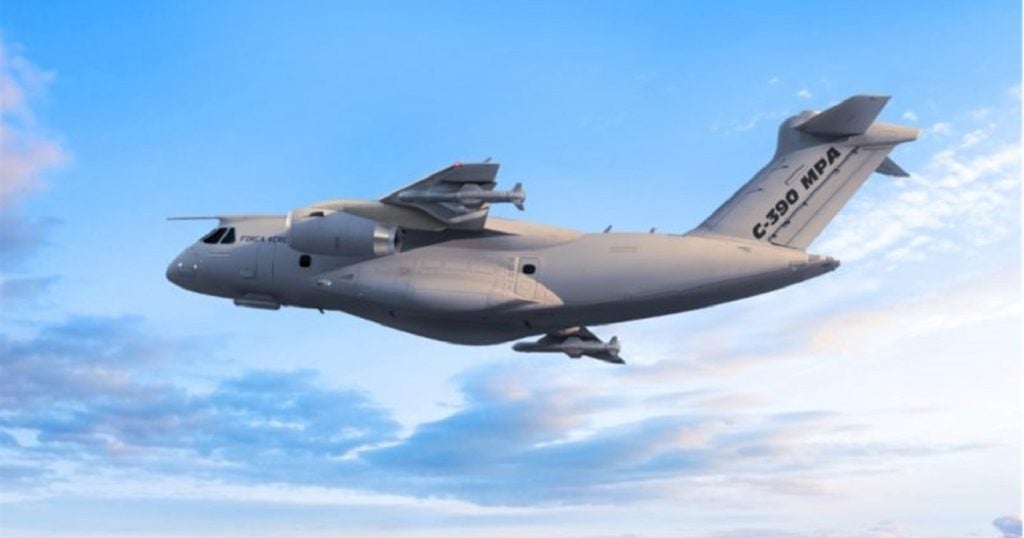
The US Air Force Life Cycle Management Center (AFLCMC) and the University of Dayton Research Institute (UDRI) will use a decommissioned C-130 aircraft to test technologies designed to lower sustainment costs and improve readiness.
The C-130 aircraft arrived at UDRI’s headquarters building from Eglin Air Force Base, Florida, US.
AFLCMC and UDRI will test technologies to help reduce the sustainment costs of the US Air Force’s C-130 fleet.
The parties will perform research work in and on the aircraft, as well as in UDRI support labs after assembling the aircraft. The project will be undertaken for 18-24 months.
Prior to delivery at UDRI, the aircraft was partly disassembled at Eglin AFB.
In preparation for the arrival of the C-130, UDRI has poured a 2,500ft² concrete pad to support the aircraft.
How well do you really know your competitors?
Access the most comprehensive Company Profiles on the market, powered by GlobalData. Save hours of research. Gain competitive edge.

Thank you!
Your download email will arrive shortly
Not ready to buy yet? Download a free sample
We are confident about the unique quality of our Company Profiles. However, we want you to make the most beneficial decision for your business, so we offer a free sample that you can download by submitting the below form
By GlobalDataWith a wingspan of 133ft, the aircraft weighs around 40t when empty.
UDRI researchers will be joined on the project by AFLCMC’s Product Support Engineering Division and the AFLCMC C-130 Program Office.
AFLCMC Product Support Engineering Division chief Debbie Naguy said: “The airforce spends a lot of money on aircraft sustainment. The C-130 that is being delivered here today will help us demonstrate and qualify new innovative technologies to lower sustainment costs and improve readiness.”
Technology development and demonstration will cover micro-vanes for fuel savings, additive manufacturing, cold spray for repairs, robotics and lasers for paint removal, environmental evaluation of coatings.
Other areas that will form part of the planned demonstration include augmented and virtual reality, condition-based maintenance, and aircraft battle damage repair.
Naguy added: “The challenge is that, in many cases, no technical information exists on these parts because of the age of the aircraft.
“So when a replacement part or structure is needed and there is no drawing available, we will reverse engineer the part, scanning it to create a three-dimensional digital model that be used to develop and qualify AM replacement parts.”
The project team will focus on developing and advancing these technologies at a faster pace.
Developed by Lockheed Martin, the C-130 is designed to perform the tactical portion of the airlift mission. The aircraft serves as the prime transport for airdropping troops and equipment into hostile areas.






